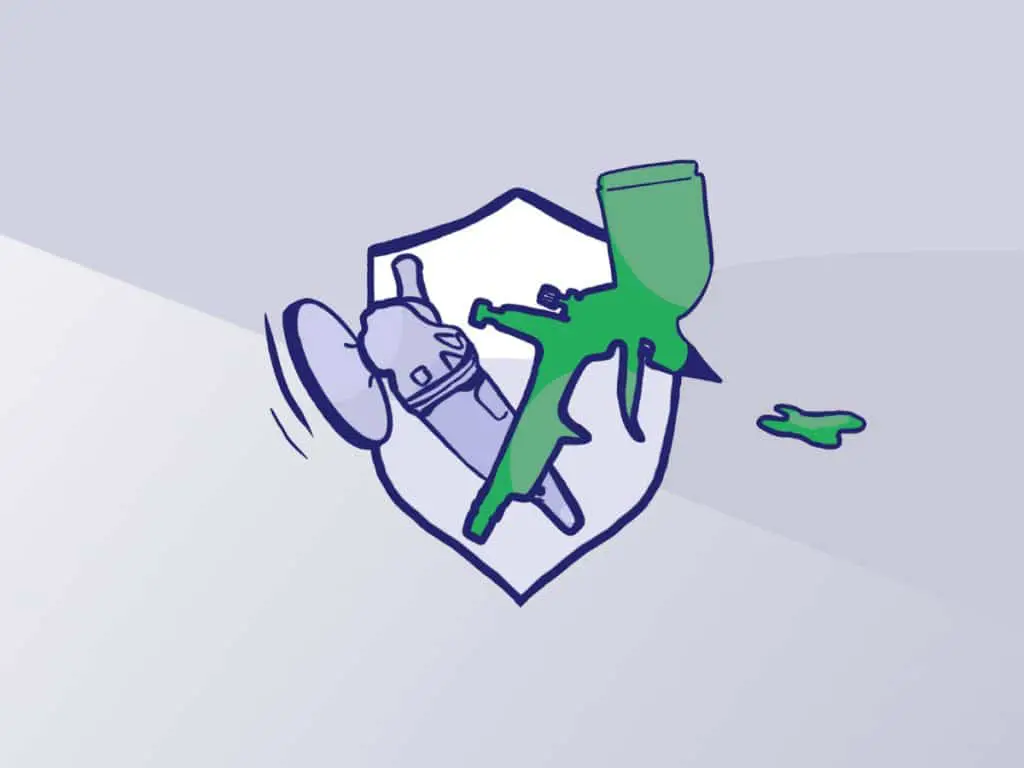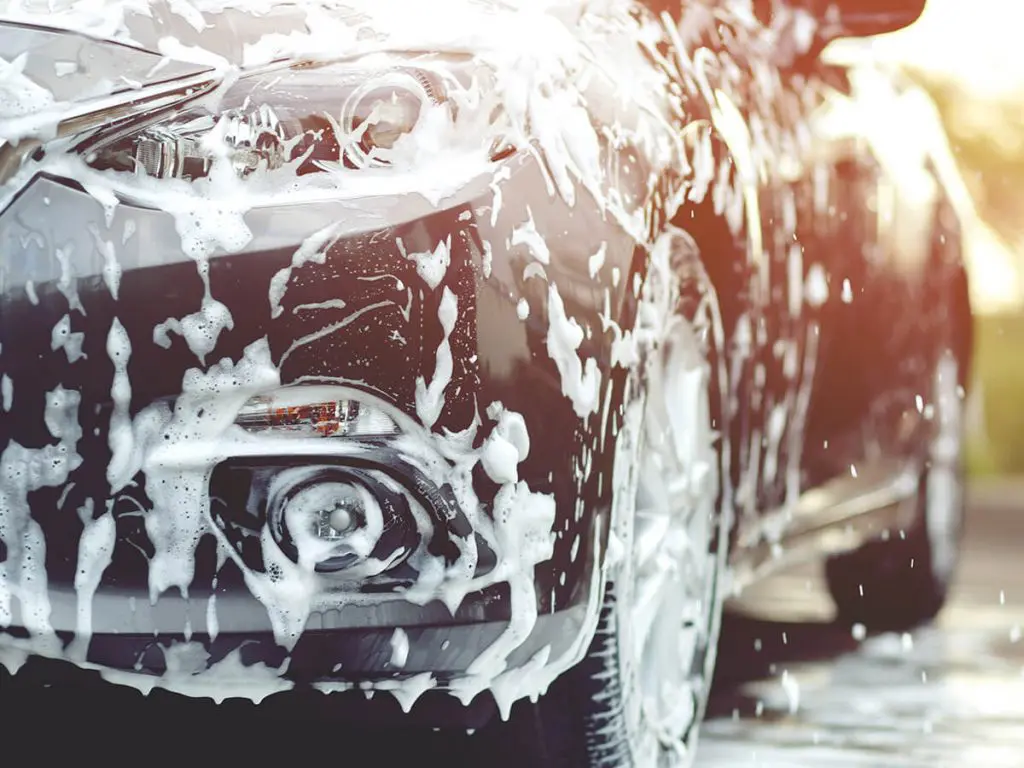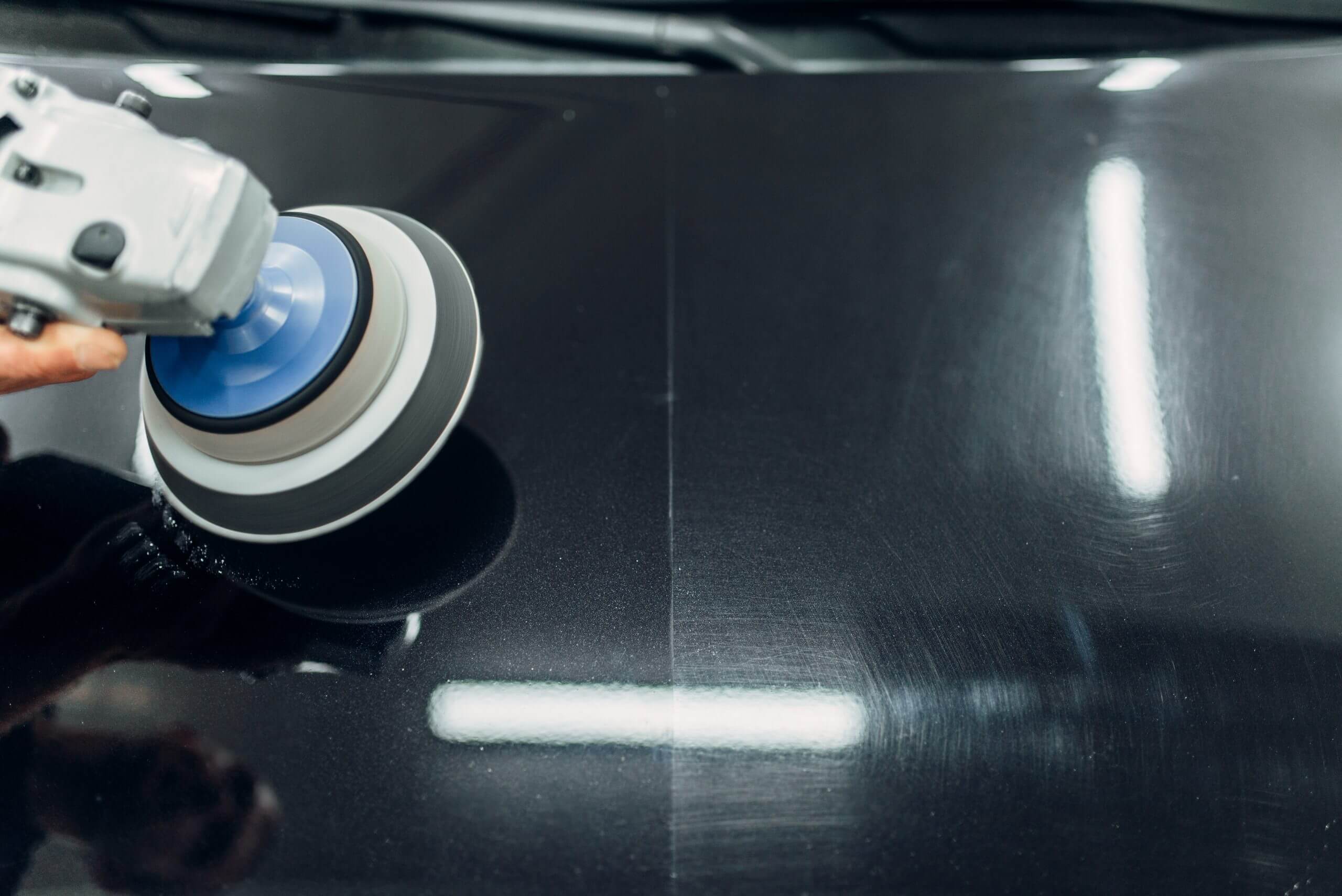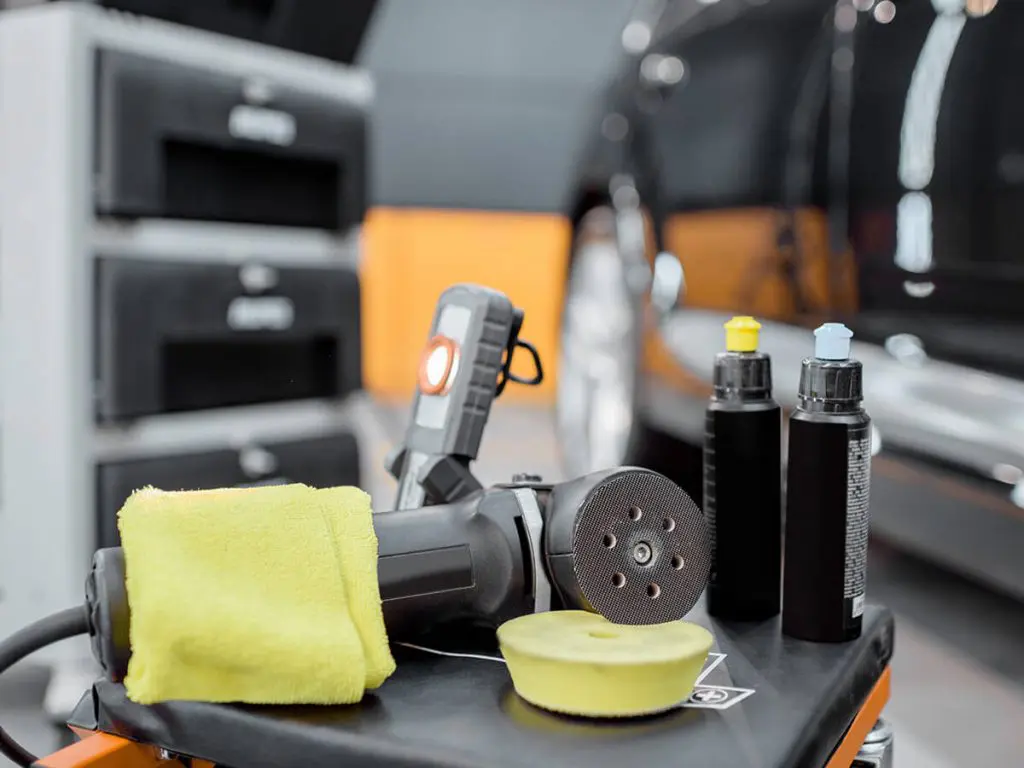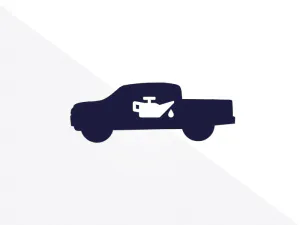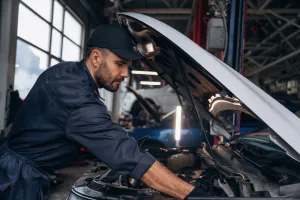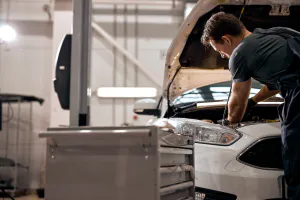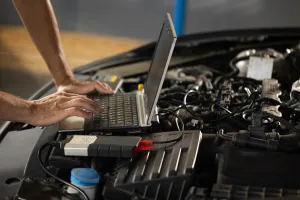Here are some quick and easy steps to breathe new life into your car’s tired, old paint job.
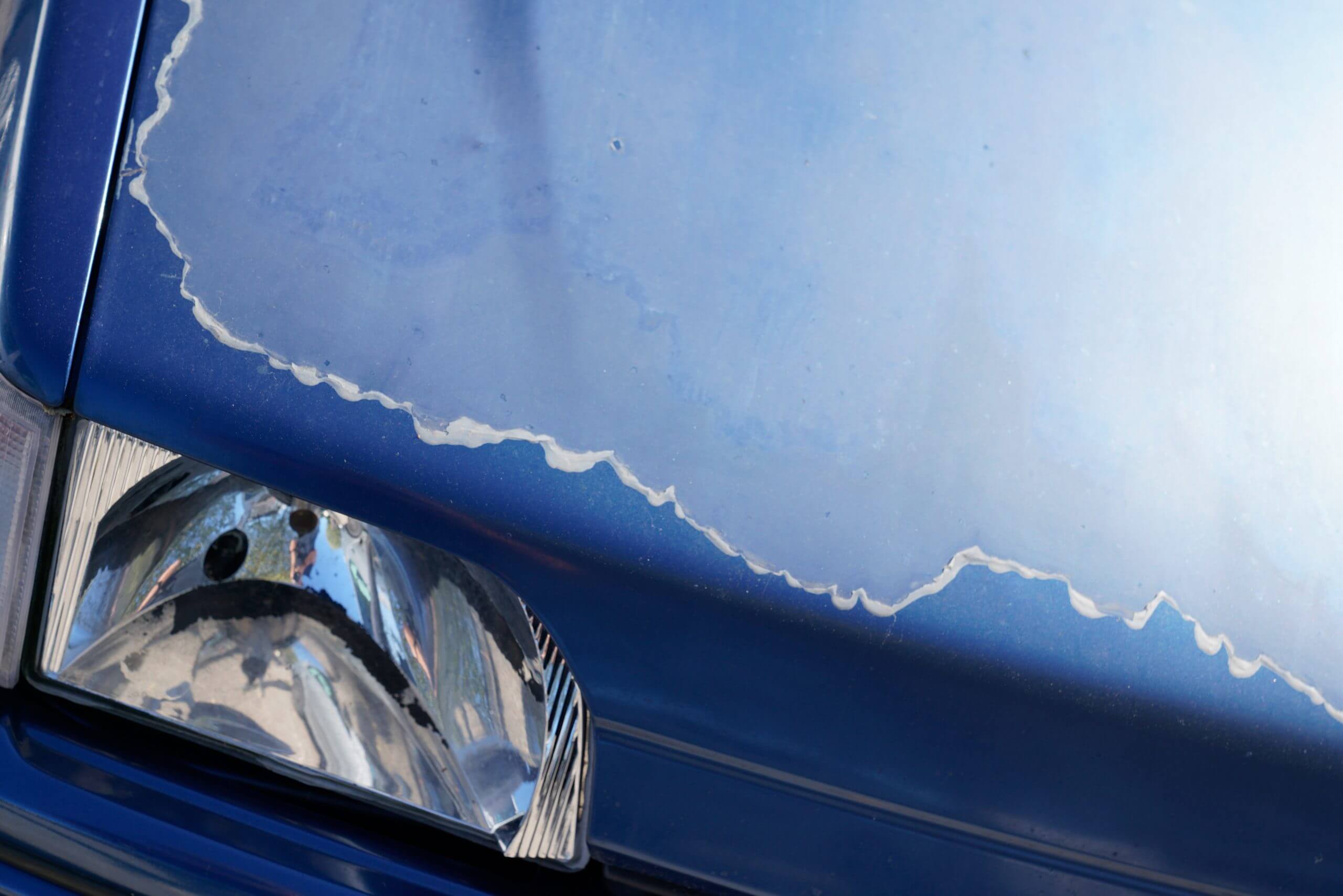
Regardless of whether your car gets parked outside all the time or lives a nice, cozy garage life, its paint job is under constant attack from the elements that can lead to a dull, oxidized finish. Sun, scratches, and airborne contaminants all work against your car’s paint job, but the proper paint correction can make dull paint shine again. If you’re ready to become a DIY detailer, here are some easy tips for how to restore car paint.
Tackling a detail job by yourself is a great way to save a lot of money (usually hundreds of dollars). All it takes is tools and supplies that are readily available at most auto parts stores and even some home improvement stores. Keep reading to learn how to restore car paint from your driveway.
Start With a Basic Car Wash
Before tackling any type of paint correction or restoration, the first thing you need to do is wash your car really well to remove any dirt or surface debris. Stuck-on dirt and other contaminants can become embedded in the finish causing the paint to feel rough and look hazy, and this is where a clay compound can be used in conjunction with high-quality car wash to really improve the look of your car’s paint. Maintaining your car’s paint should be a part of your car-care checklist to ensure any damage doesn’t get to the point of requiring paint correction. After all, you shouldn’t have to wait for Valentine’s Day to show your car the love it deserves.
Making Dull Paint Shine Again
When a wash and clay bar aren’t enough, you’ll have to look to paint correction to restore a finish that is faded, sun damaged or otherwise oxidized, which is when the paint finish is dulled to more of a matte finish. Paint oxidation is caused by debris, contaminants or water spots that are left to bake onto the paint by the sun and weather. Oxidized paint restoration requires a little more work and specialty tools, but the effort pays off in the long run saving hundreds, if not thousands, of dollars in body shop costs. This step will include the use of rubbing compound and polish using an electric buffer.
The first thing to do here is to identify restorable areas of the paint that have been oxidized such as the faded paint on the hood of a car; if the clear coat is peeling away or serious scratches go down to bare metal, then you have bigger paint correction issues. While the specific procedures will vary based on the buffer and compounds/polishes you use. The rubbing compound goes on first, and it smoothes out surface scratches and fixes sun damage on a car from oxidation. Too much pressure on the buffer with rubbing compound can “burn through” the paint, so be careful and, again, be sure to follow the recommended procedures provided for the buffer and compound.
The abrasive in a rubbing compound is enough to remove surface damage on the paint, but it does leave the surface hazy. And that’s where polish comes into play. Polishes are used in the same way as the compound acting as a finer grit to smooth out any additional imperfections resulting in a smooth, mirror-like finish. This procedure of using compounds and polishes can also be done to correct the “orange peel” effect on paint jobs.
Fixing Clear Coat Damage
The above steps apply only for repairing sun-damaged car paint or other oxidation issues, but, as mentioned above, the paint correction gets a lot more involved if you have more problems such as clear coat damage or deep scratches. One your paint damage goes beyond superficial scratches and surface contaminants, it will be necessary to repaint and wet sand in order to correct this level of damage, and fortunately you don’t need a professional paint booth for this step. DIYers have plenty of options for repainting their car including companies like AutomotiveTouchup that can color match to any factory color based on the paint code in anything from small touch-up paint pens to aerosol spray cans to gallons of paint.
Keep Your Paint Protected
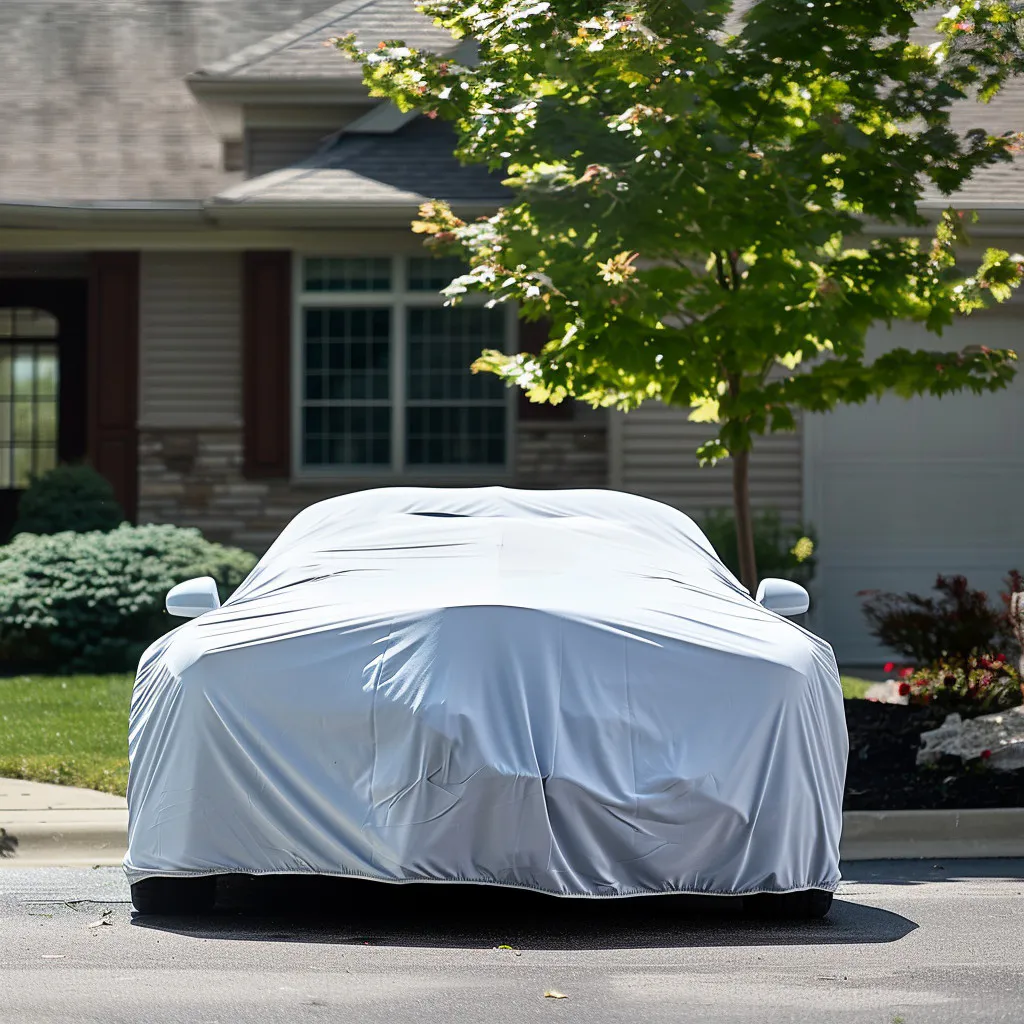
The best way to protect your car from oxidation is to wash it regularly and to keep it parked in a garage (or under a car cover), but not everyone has the luxury to do both… or either. This is where a good wax job comes into play. Wax is essentially like a lotion for your car’s paint that helps to prevent (or minimize) future oxidation, and if you’re a DIYer getting ready to tackle other restoration techniques, this should be one of them.
Car Paint Restoration Products
There are countless numbers of paint restoration products on the market, and they’re available just about anywhere you can find automotive-related products – they’re even sold at most grocery stores! The important thing is to choose a reputable company, and be sure to follow the instructions carefully when using the products. Best of all, paint correction and restoration products make excellent gift ideas!
Show Us Your Results!
Knowing how to restore car paint will save you time and money. We hope you found this oxidized paint restoration information helpful. Let us know in the comments how bad your car’s paint is or how you made your dull paint shine again!

Lifelong automotive enthusiast with a soft spot for offroading. Wrencher turned writer, but I still love to tinker on just about anything with an engine. Dream car: tie between a ‘71 Hemi ‘Cuda and a ’91 GMC Syclone. #GirlDad #SaveTheManuals

